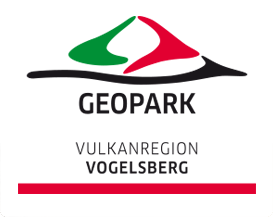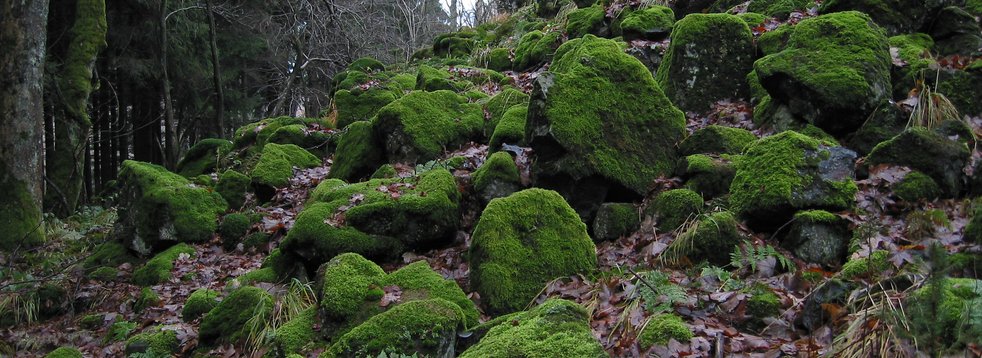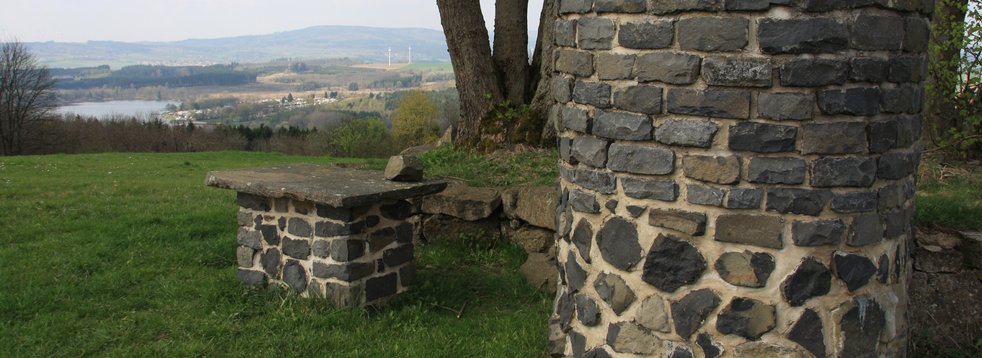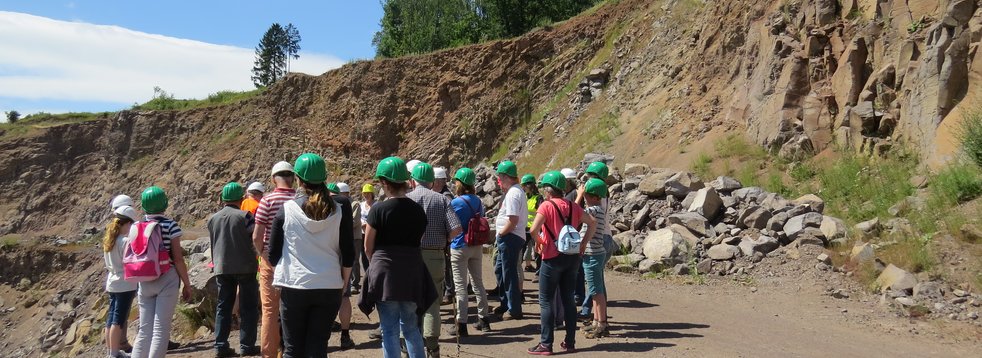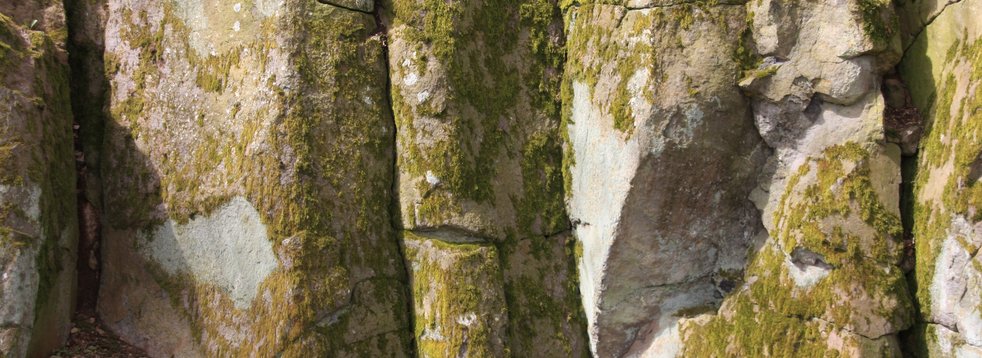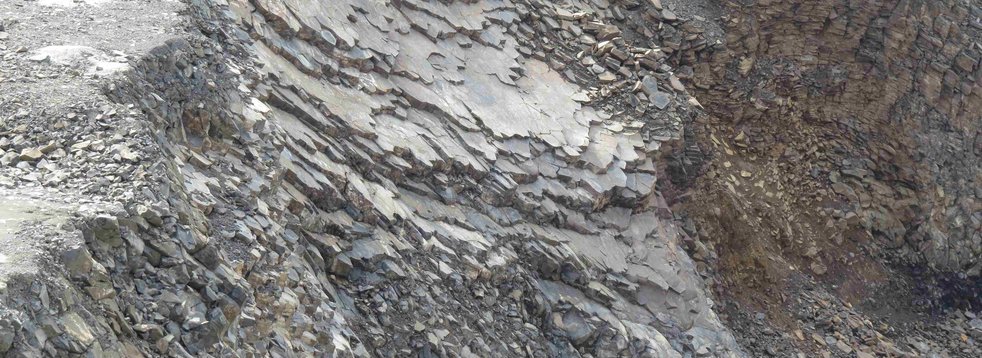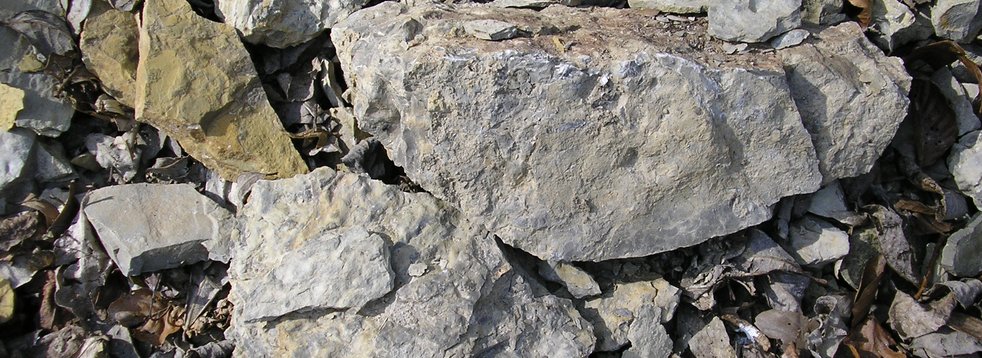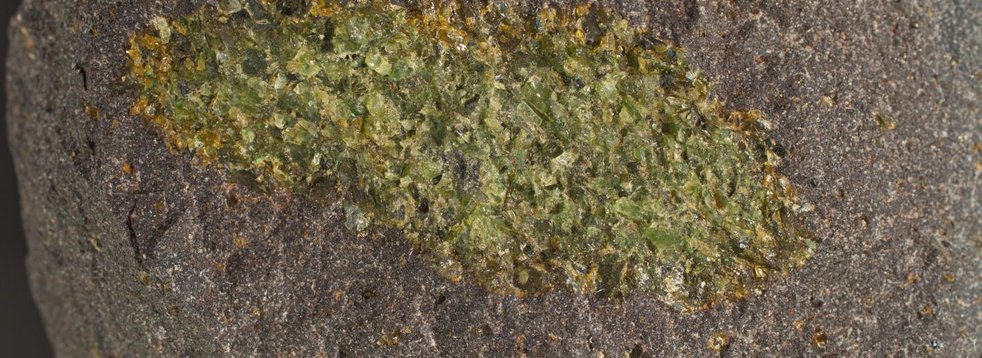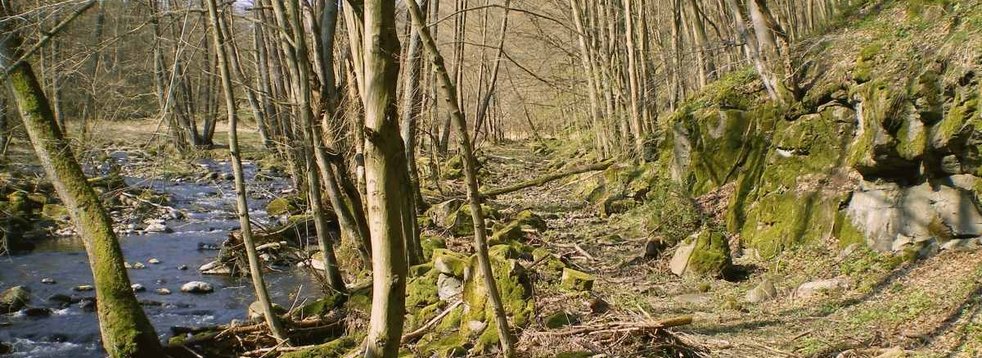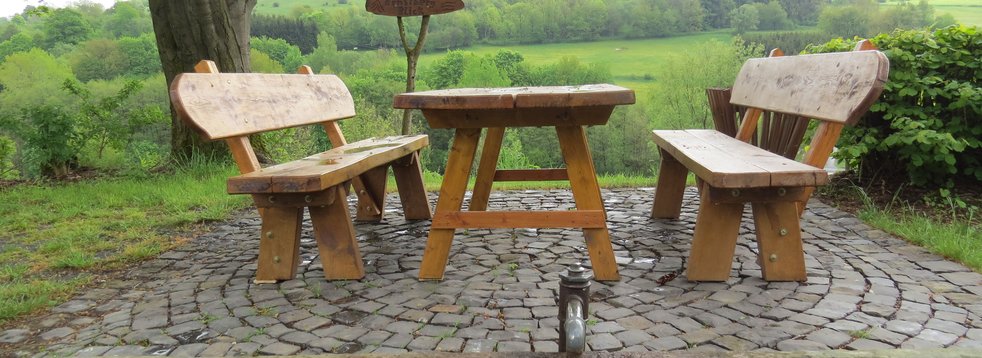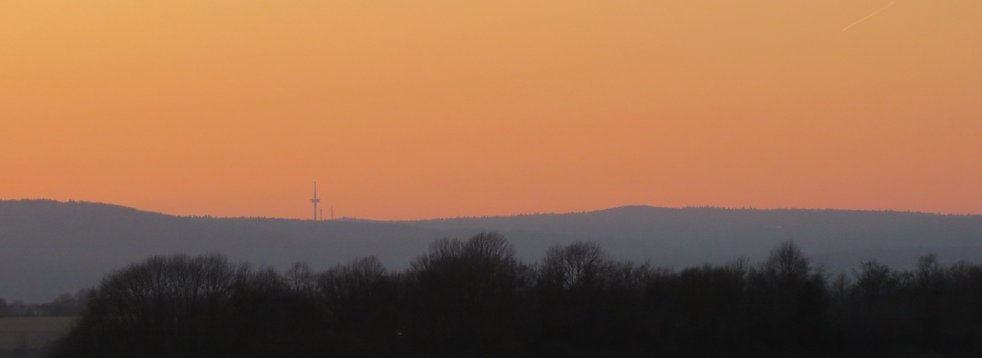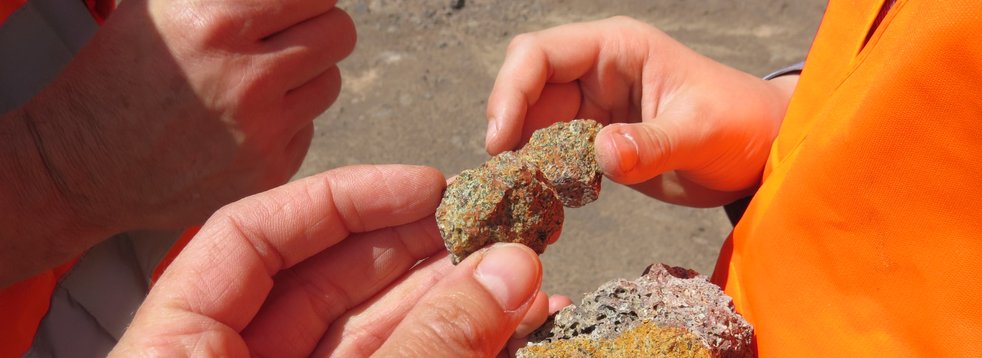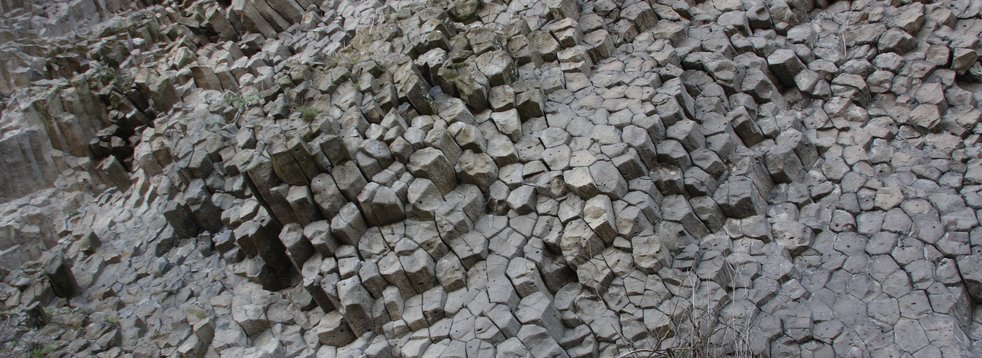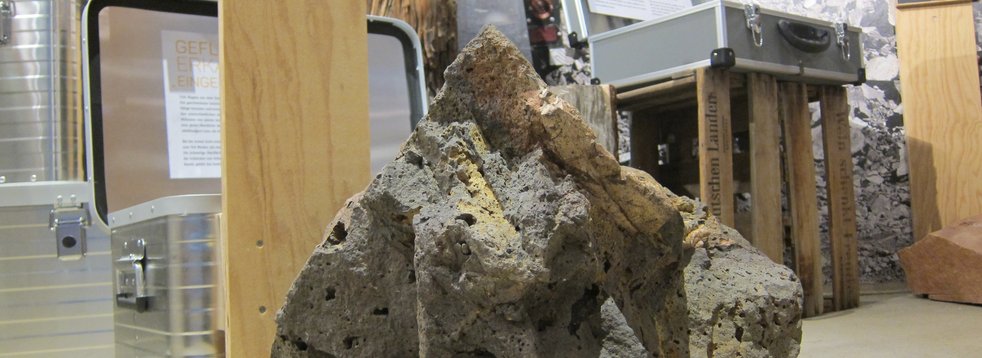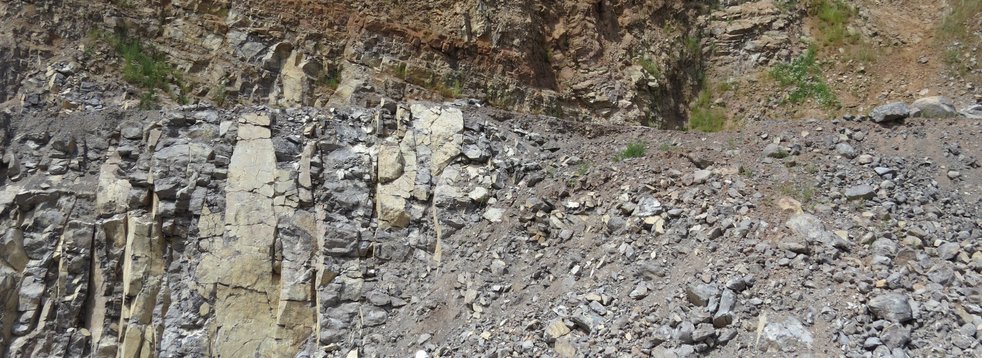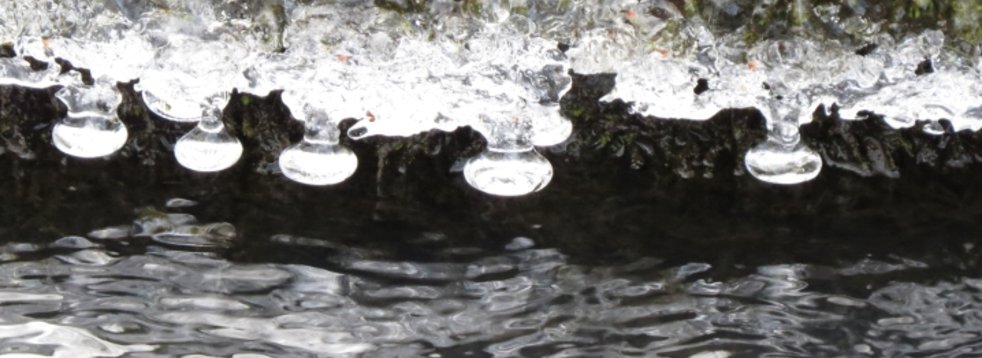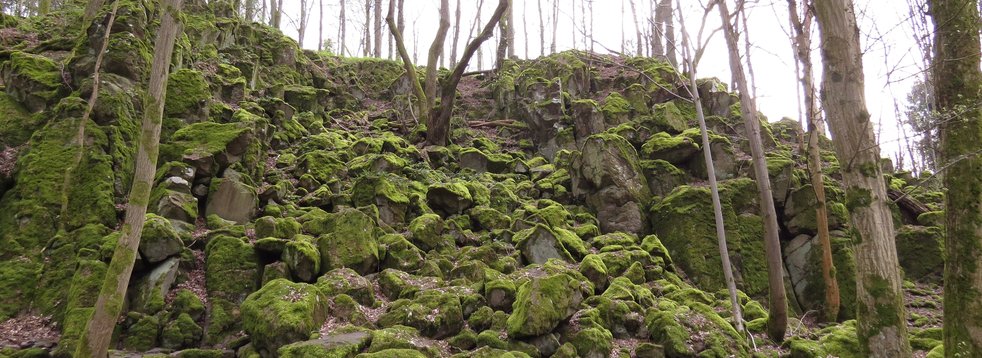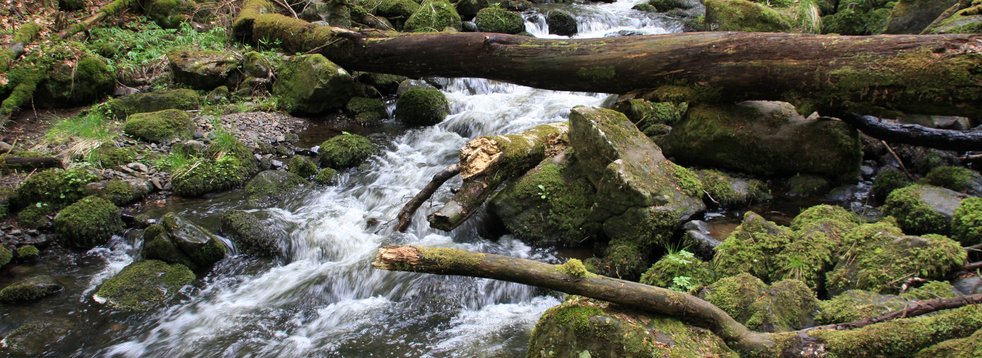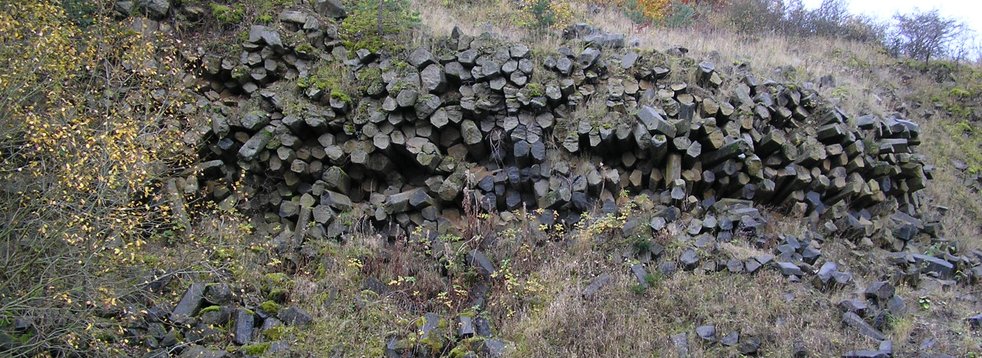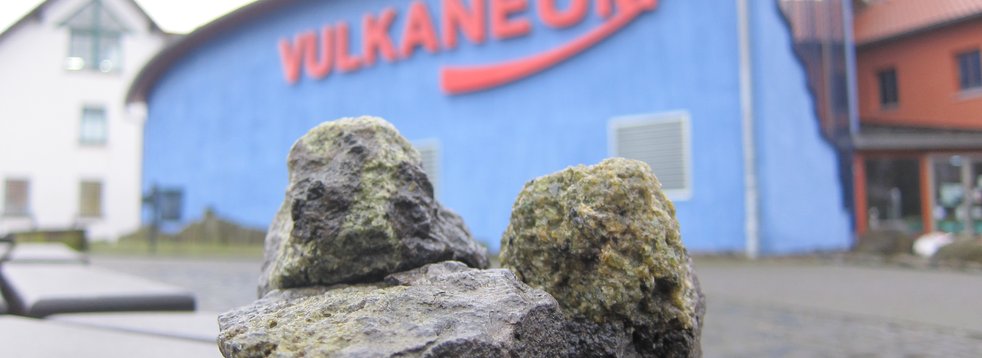Museum in the Brewery in Homberg
The old brewery, built as a guard house in the 13th century, belonged to the city fortifications. It stands next to the Hauxturm, which is now called the Brauhausturm. It was rebuilt and extended in 1571, as evidenced by the dated red sandstone coat of arms on the gable on the town side, which sits on the old town wall. Brewing took place under municipal control. All citizens were entitled to purchase “Braulose” (“Brew tickets”. This was supervised by a municipal master brewer, who was assisted by a brewing servant and a landlord. In 1914, the right to brew was transferred to the Homberg Repp family. Worth seeing is a catacomb-like room carved into the rock at a depth of 10 metres, which has an extension of 15 x 5 metres. It is accessible from the outside and is directly connected to the building.
Town history on the mezzanine floor
In the entrance area, the history of the city from its beginnings to the present is depicted on panels in a mezzanine floor, supplemented by individual exhibits. The exhibition is complemented by individual exhibits, such as shard finds from the Neolithic period, stone axes and a find from the Celtic period, a so-called four knot ring. Documents about Homberg as a mint or market privileges from the 16th century point to the importance of the town as a regional centre. Furthermore, the residents' movement of the last centuries is documented by individual events.
Permanent exhibition on the ground floor
While in the entrance area wooden water pipes refer to the medieval water supply, the next documentation is dedicated to one of the largest sporting events of the post-war period, the "Homberger Grasbahnrennen". In addition, there will be a display of "Gebildbrote", which could be made in the form of deer or as a "New Year" according to an old custom at the annual New Year's Eve cube. This is followed by the lathe and other equipment for the production of the "Homberger chair", which is still produced in family tradition today.
There are also exhibits on the mining of basalt from the quarry in the Nieder-Ofleiden district, which document in particular the production of paving stones and the way in which stone is crushed. The inclusions found in the interior of the stone, which were formed by crystallization, may also be of particular interest. Of course, the medieval main trade from the spinning wheel to the production of linen is also represented and the pottery handicraft shows with relics from the 13th century the development up to today's production of vases and articles of daily use. This permanent exhibition is rounded off by exhibits and references to the medieval town hall clock as well as a partial production from the well-known watchmaker training workshop of the master watchmaker F. C. Kersten.
Opening hours
March - mid December:
Sundays from 15 - 17 o'clock
and by arrangement
Information regarding appointments can be obtained from the city of Homberg (Ohm),
Mrs. Dr. Bick,
Tel. +49(0 66 33) 1 84 - 43

